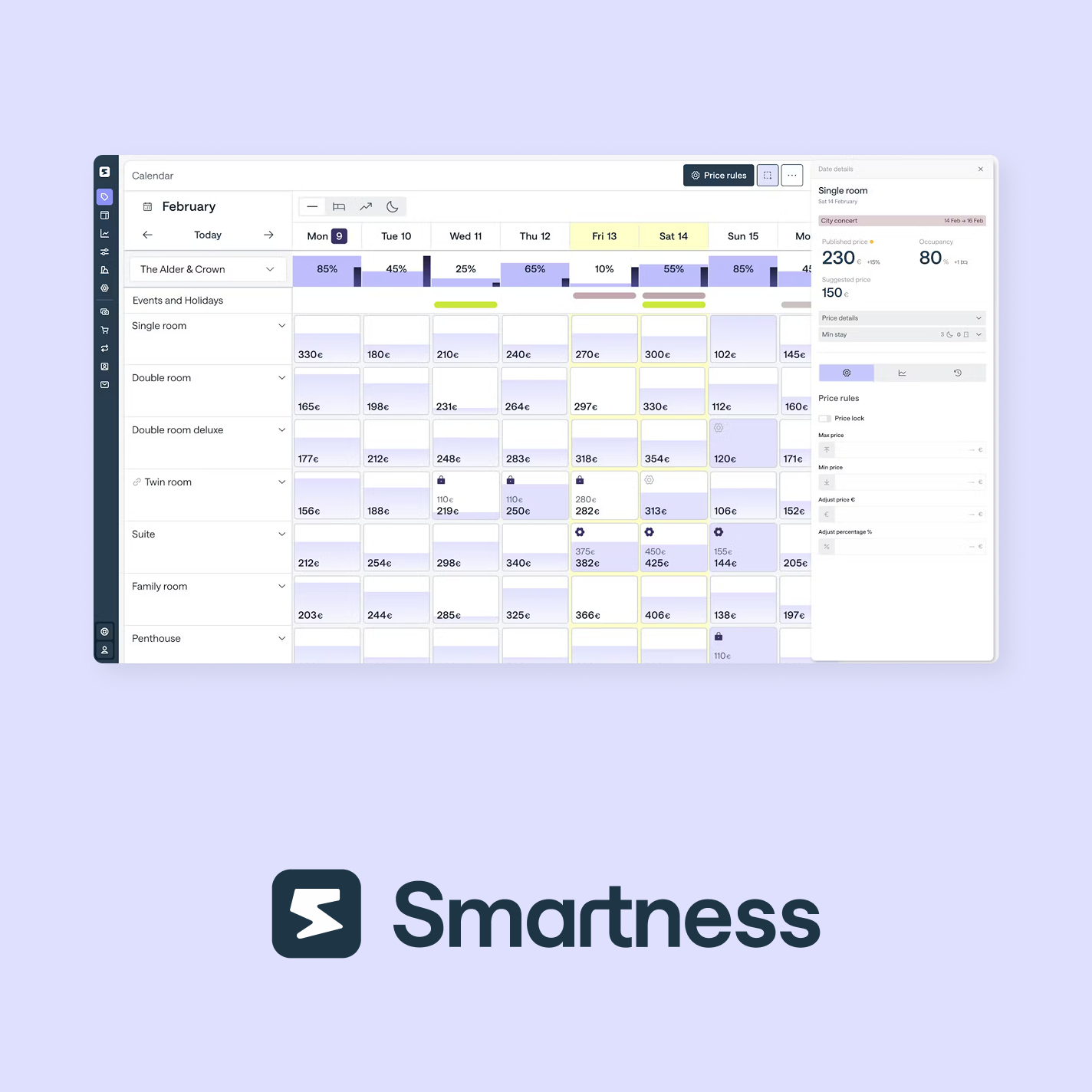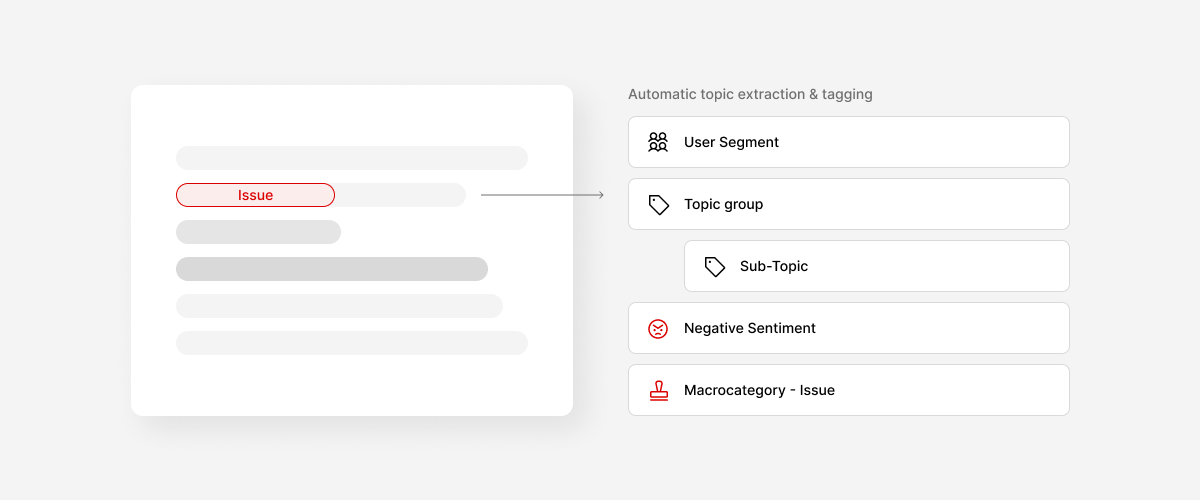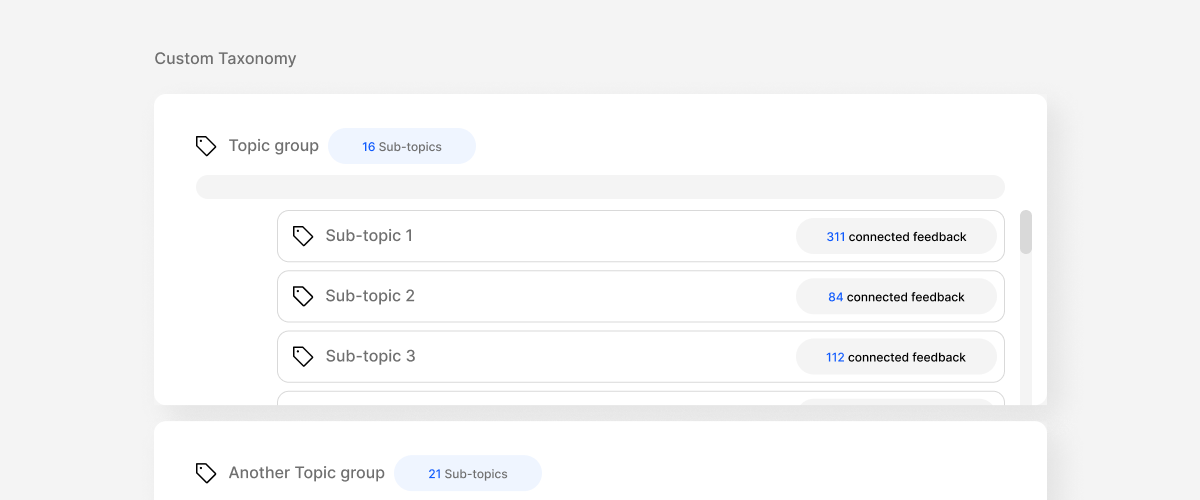Navigating the Journey: A Guide to Product Roadmaps
Why Roadmaps Matter:
Imagine building anything complex without a plan - that's the potential pitfall of product development without a roadmap. It serves as your compass, guiding the path towards achieving your product vision. Here's why roadmaps are crucial for Product Managers:
- Orchestrate teamwork: Ensure coordinated efforts across teams, especially in remote and cross-functional environments, fostering synergy and keeping everyone on the same page.
- Set the timeline: While not a rigid schedule, roadmaps provide a rough estimate of when things like features or initiatives will be implemented, giving everyone a good sense of the timeframe.
- Identify gaps and needs: By laying out the plan, it helps pinpoint areas requiring additional resources or attention, enabling proactive problem-solving.
- Communicate progress: Roadmaps act as a communication hub, keeping stakeholders informed about progress, decisions, and potential roadblocks, fostering alignment and transparency.
Building Your Roadmap:
There's no one-size-fits-all approach. The specific elements should cater to your team's goals and needs. However, some key components are commonly included:
- Vision and Goals: This high-level strategy defines the "why" behind your product, outlining the purpose and objectives you aim to achieve.
- Initiatives: These are the major projects or efforts undertaken to reach your goals, often involving multiple teams and further broken down into smaller chunks for better manageability.
- Features and Enhancements: Specific functionalities or improvements planned for your product. Each feature should align with an initiative and ultimately contribute to the overall goals.
- Timeframe: An approximate timeframe for completing features and initiatives. This might include specific dates or broader timeframes like quarters (Q1, Q2).
- Status Updates: Track the progress of initiatives and features, keeping stakeholders informed about ongoing development, potential delays, or changes in the plan.
- Metrics: Define how you will measure success. This could involve Key Performance Indicators (KPIs) or specific targets to be achieved with your initiatives.
- Stakeholders: Identify key individuals or groups involved, including internal teams, customers, or even external partners.
Roadmap Creation:
The process typically begins with defining goals. For instance, if your product is a subscription service, increasing monthly active users by 20% could be your primary objective.
Next, break down the steps needed to achieve that goal. This involves identifying responsible individuals for each task and estimating their completion times. Remember, collaboration is key! Involve all relevant teams (design, legal, marketing) to ensure a realistic timeline and address all aspects crucial for product success.
Numerous tools like Miro, Aha!, or even simple options like Excel can be used to create your roadmap. Choose the one that best suits your team's comfort level.
Maintaining Your Roadmap:
Remember, a roadmap is a living document, not a static one. Regularly revisit it to reflect progress, address roadblocks, and adapt to new findings about your market, users, and product. This ongoing review ensures its relevance and effectiveness in guiding your product journey.
Ownership and Collaboration:
While Product Managers ultimately own, maintain, and share the roadmap, it's not a solitary endeavor. Collaborate with other teams throughout the process. Seek input from engineers to understand development timelines, and consult with designers to estimate user research completion times. This collaborative approach fosters a more realistic plan and ensures everyone feels invested in its success.
By following these guidelines and fostering a collaborative spirit, you can leverage product roadmaps to effectively navigate the development journey and translate your vision into reality.



























